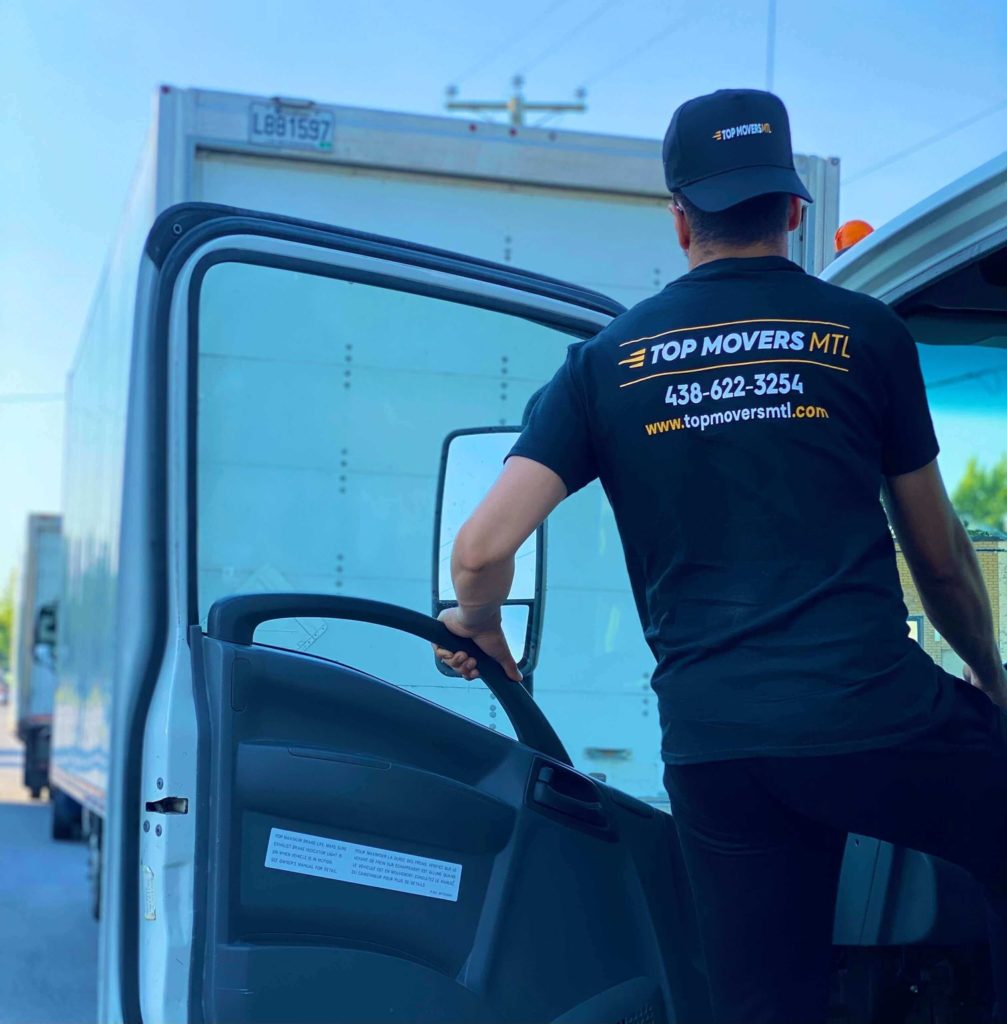Whether you’re moving for a new job, understanding the process can save you time, money, and headaches.
Whether you’re moving a small apartment or relocating an entire home, this guide will help you navigate the process confidently.
Let’s dive into the world of interstate relocation and uncover what it really takes to move to another state.
What Makes Interstate Moving Unique?
When you cross state lines, your move falls under federal regulations, typically overseen by the FMCSA (Federal Motor copyright Safety Administration).
You also need to account for different transport rules in each state.
Most importantly, the logistics are more complex: multi-day delivery windows come into play.
Finding the Perfect Cross-State Moving Partner
Selecting the right interstate moving company is crucial for a successful relocation. Start by checking for proper licenses and insurance—legitimate companies must have a USDOT number issued by the Department of Transportation.
Ask about additional fees such as fuel surcharges, long carry charges, or storage if needed.
Trust your instincts: if something feels off or too good to be true, it probably is.
Factors That Influence Interstate Moving Costs
Several factors shape the price of interstate moving services. The biggest is distance—the longer the trip, the higher the fuel, labor, and time costs.
Additional services can also raise the bill.
Planning ahead and informing your moving company about these conditions helps avoid surprise charges on moving day.

How to Plan and Organize Your Interstate Move
Early preparation gives you enough time to handle unexpected challenges calmly.
Create a detailed list of what you’re moving, noting valuable or fragile items.
This ensures you’re comfortable and organized even if your shipment is delayed or you need time to unpack.
Comparing Different Interstate Moving Services
Partial-service movers let you pack your own boxes while they handle transportation and heavy lifting, reducing costs.
Container services (like PODS) offer flexibility: you load the container yourself, and the company transports it across state lines.
Understanding your specific needs ensures you select the best option for a smooth and cost-effective Pode levar mudança em carro aberto? interstate relocation.

Top Pitfalls in Long-Distance Moves
One of the biggest mistakes in interstate moving is underestimating time and effort.
Hiring unlicensed companies or falling for low-ball quotes can lead to scams, damaged goods, or lost belongings.
Using cheap boxes, skipping labels, or failing to protect fragile items increases the risk of breakage.
Budget-Friendly Strategies for Interstate Relocation
Every extra pound adds to the total bill, so sell, donate, or recycle items you no longer need.
Don’t settle for the first estimate; gather at least three and negotiate if possible.
Lastly, consider doing part of the work yourself.
Conclusion: Making Your Interstate Move a Success
In summary, a successful interstate move depends on careful planning, smart budgeting, and choosing the right service providers.
Remember: the best moving experience combines preparation, trusted professionals, and flexibility to handle surprises.
As you get ready to embark on your interstate move, stay organized, communicate clearly with your movers, and keep your goals in sight.
Your Interstate Moving Questions Answered
How can I save money on an interstate move?
Comparing multiple quotes and moving during off-peak seasons also helps lower costs.
How early should I book an interstate moving company?
Early booking secures your preferred dates and gives you time to prepare.
What should I leave out of my moving boxes?
Movers typically won’t transport hazardous materials, perishables, firearms, or plants across state lines.
What insurance options are available for long-distance moves?
Review your coverage options carefully and understand the claims process before moving day.
Do movers provide tracking for long-distance relocations?
Many professional interstate movers offer shipment tracking systems or regular status updates.